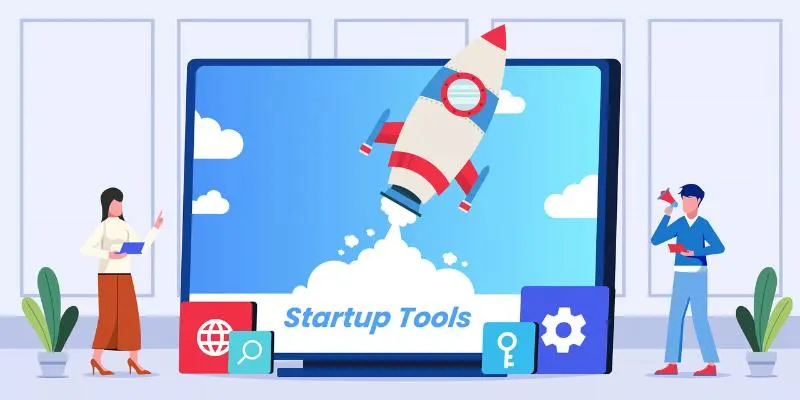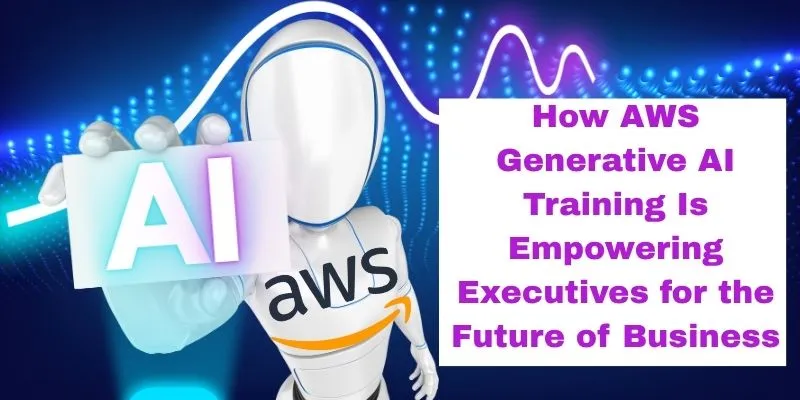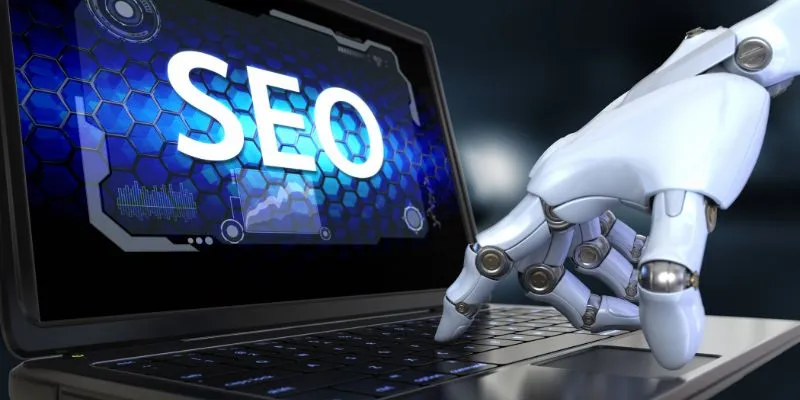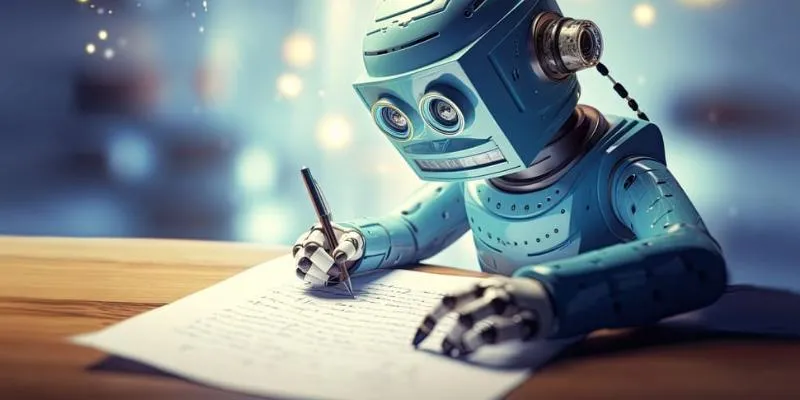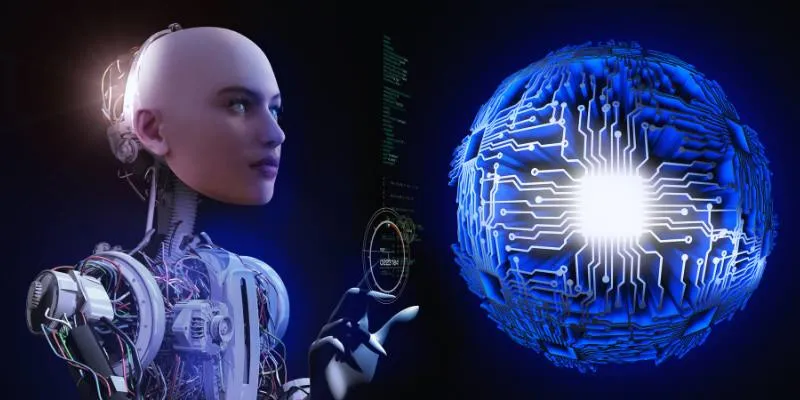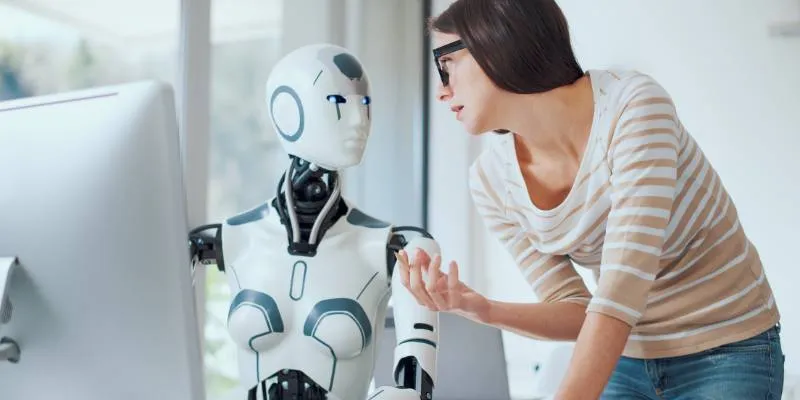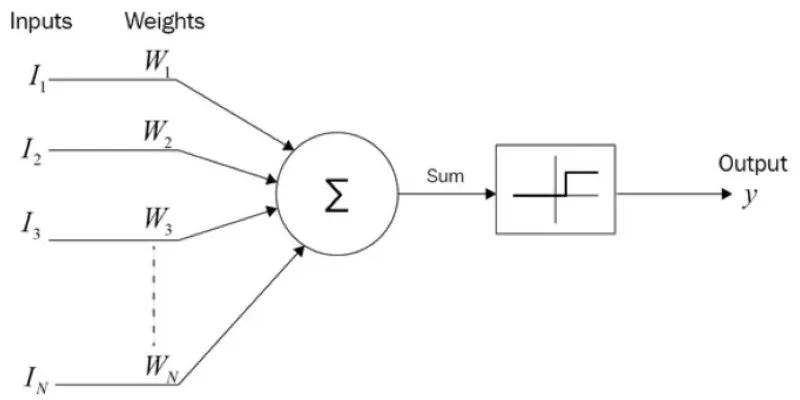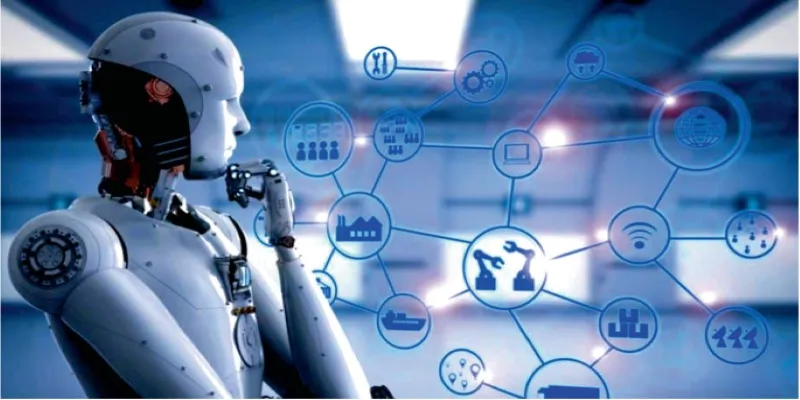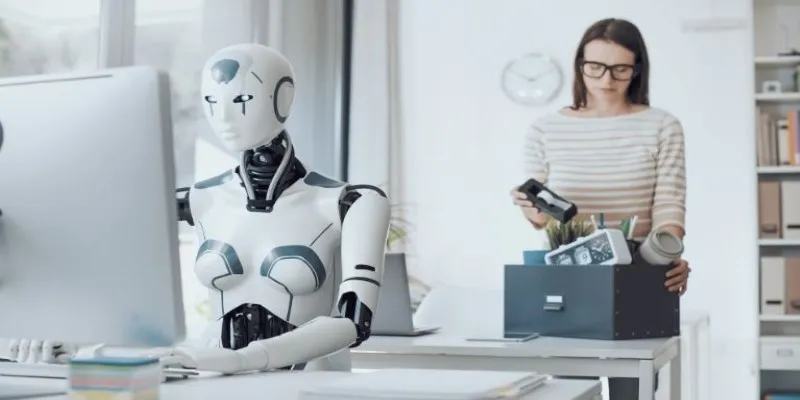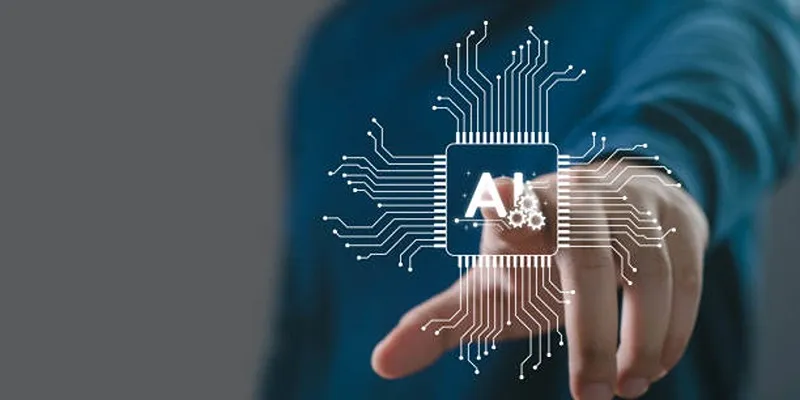Artificial intelligence (AI) is stepping out of the background and into the spotlight, taking on roles traditionally held by humans, particularly in healthcare and manufacturing. Microsoft has unveiled its AI healthcare assistant, designed to alleviate administrative burdens on healthcare workers. Meanwhile, humanoid robots are being trained to collaborate on real factory tasks without human oversight.
And there’s a growing interest in controlling machines using natural language—spoken instructions instead of buttons or code. Each development tells a different story, but they’re all pointing in one direction: AI is becoming an active participant, not just a silent helper.
Microsoft’s AI Assistant for Healthcare Workers
Microsoft’s venture into healthcare AI isn’t merely a software update; it’s an entirely new layer of support for clinical staff. This AI assistant handles routine, time-consuming tasks, such as chart updates, appointment summaries, and data entry, allowing nurses and doctors to focus more on patient care.

Integrated with Azure Health Data Services and Nuance voice technology, the AI assistant listens during patient visits and automatically generates clinical notes. It acts like a scribe that never misses a detail and is always learning from medical terminology and context to avoid common errors.
Security is a top priority for this assistant, ensuring all patient data remains encrypted and compliant with HIPAA and regional regulations. Early reports suggest it reduces documentation time by nearly 30%, allowing medical professionals to spend more time with patients.
Humanoid Robots Working Together
While Microsoft focuses on individual workflows, robotics researchers are tackling the challenge of cooperation. Humanoid robots are now being trained to work together on factory tasks without manual programming for each role. This shift—from isolated function to collaborative behavior—could define the next phase of industrial automation.
Tested in automotive factories, these robots assemble parts using computer vision and sensors to understand their environment and adjust to others’ actions. This ability to mimic human teamwork enhances efficiency and flexibility in dynamic settings.
Humanoid robots, though not as strong or precise as single-task industrial arms, offer flexibility and adaptability, making them ideal for factories with changing products or environments where humans and robots work side-by-side.
The Rise of Natural Language Control
Controlling machines with natural language is becoming increasingly effective. Instead of rigid commands, users can now speak to machines as they would to a person, simplifying interactions across industries.

In warehouse operations, for example, a supervisor might simply say, “Send a drone to aisle seven and scan the second shelf for damaged items.” This spoken command is processed by an AI model that understands intent and translates it into actionable instructions for hardware.
Natural language control also lowers barriers for users with physical impairments, enabling them to operate machines by voice alone. In healthcare, voice-controlled systems let nurses adjust beds, lighting, or order supplies hands-free.
The technology is being tested in vehicle navigation, remote medical equipment, and customer support. Despite challenges with noise, multiple speakers, and dialects, advancements continue to improve AI’s ability to interpret human language.
Conclusion
AI is moving to the forefront—visible, adaptive, and tackling real-world complexities. These systems assist, rather than replace, giving time back to professionals, reducing errors, and handling repetitive tasks. Hospitals can focus on patient care, factories gain flexibility, and users access powerful tools with just their voice, making technology more accessible than ever.
 zfn9
zfn9
